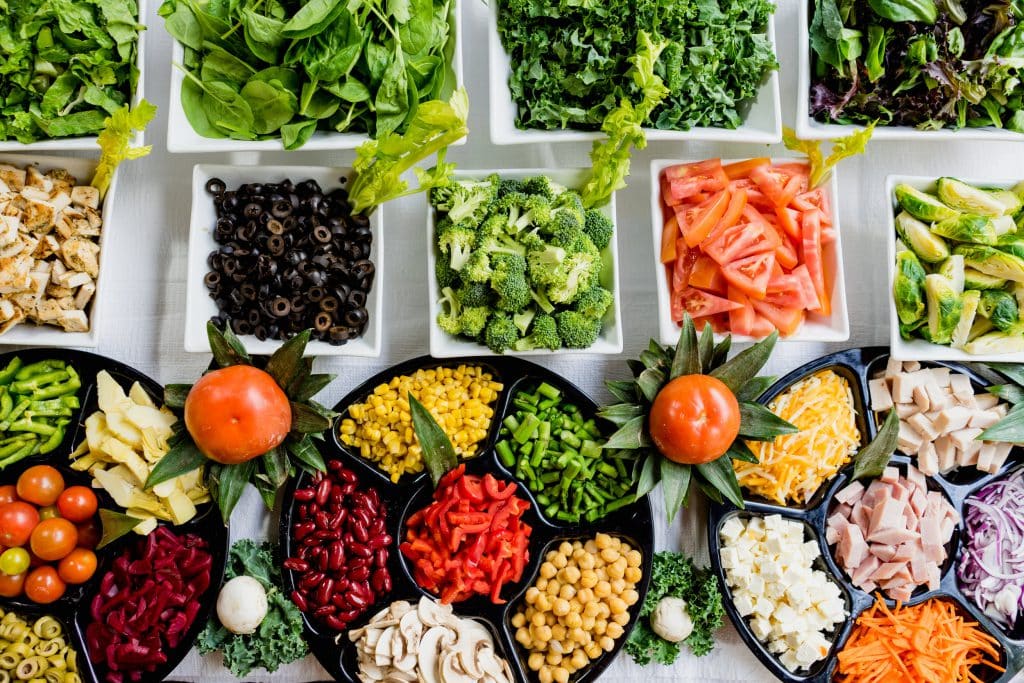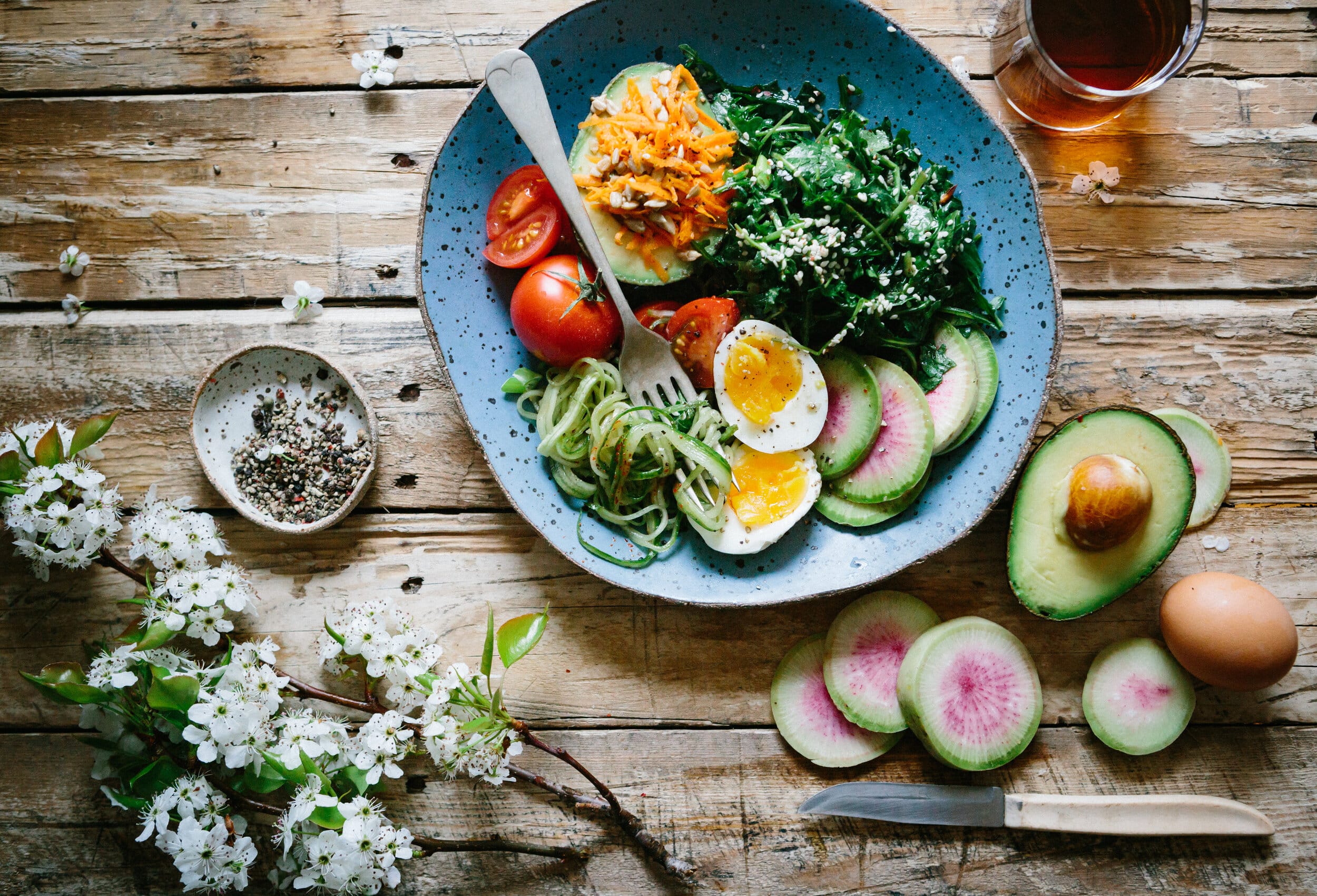
What’s the dish? Are student athletes receiving good nutrition options?
Samantha Martin, Staff Writer
Photo courtesy of Unsplash.com.
The views and opinions expressed on in this article are solely those of the original author. These views and opinions do not necessarily represent those of The Vision NGU or North Greenville University.
When thinking of student athletes, people tend to think of the amazing skills and incredible performances that take place on the field, the court, the track; rarely is it focused on how much actually leads up to their incredible performance.
Being an athlete in peak condition, capable of pulling off the amazing performances requires continual work. The right fitness, which means hours in the gym, practices, studying plays, watching game tapes, and of course the proper nutrition.
As much attention as athletes are paying to their sports and to competing, are they in a position to provide proper nutrition for themselves?
Students at North Greenville do have a number of options for meals to eat. There are three restaurants connected to the campus at which students can use Crusader Bucks or meal swipes during set hours in the case of Chick-fil-a, as well as Einstein�s and Papa Johns (which is connected to the general store with other foods available). There also is a cafeteria open Mon-Fri from 7 a.m. � 8 p.m.
Though these hours may be enough for a typical student, what about a student athlete? Not only do these students have to maintain their academics, but they also have a schedule full of practices and required study halls. Does this leave time enough to make it to the set meal hours?
�I feel like they [NGU cafeteria] have a wide variety of food throughout the week, and that the nutrition has done well from what I�ve seen. I can make it to breakfast, and to lunch. But we don�t finish until 7:45 sometimes, so I�ll have to go buy food,� said Lacrosse Midfielder Spencer Dyer.
With cafeteria hours ending at 8 p.m. it could be difficult for these students to make it to the cafeteria in time to get dinner before closing.
�I know that they made sure to try and make the hours late enough for athletes to get meals after practice,� said Dillon Key, Director of Housing and Residence Life.
Photo courtesy of Unsplash.com.
With the cafeteria closing at 8 p.m. these students do have other options. The Chick-fil-a and Papa Johns both are open later. However, the set hours for Chick-fil-a meal equals ends at 8 p.m. as well, and after that time both Papa Johns and Chick-fil-a will require students to either use their Crusader Bucks or pay out of pocket.
�I think the caf should stay open until 9:30. We [student athletes as a whole] can have games and practices that will run long, and we can run out of Crusader Bucks. I don�t have all the money in the world to spend at Papa Johns,� said Dyer.
But, during the meals that athletes are able to make, what can they expect?
Aramark is the food service provider for the North Greenville�s Todd Dining Hall. According to Aramark�s Be Well Do Well webpage �30% of Aramark�s menu items are vegetarian or vegan.� Aramark is also working with the American Heart association to reduce saturated fats and sodium levels in their products by 20% while also increasing options of fruit, vegetables and whole grains by the same amount.
This sounds like a good thing right, especially for athletes. A well-rounded diet full of healthy proteins, fruits and vegetables, and healthy grains is exactly what people need, right?
According to Aramark�s higher education research team, 79% of college students try to reduce the amount of meat that they eat. Though market research done by Aramark represents popular trends for Generation Z dining habits, Aramark also encourages marketing to be handled in a specific way.
Photo courtesy of Unsplash.com.
Aramark is engineering their food so that it goes to a �plant-forward� option. Aramark warns that advertising as �plant-based� will give consumers the idea that there is no meat involved, while 43% of Aramark menu options still contain some type of meat. Plant forward options do not cut out necessary proteins. In fact, plant forward options using beans, lentils, seeds and nuts often fulfill the protein needs and provide an assortment of other vitamins and fiber.
Based solely on the aspect of nutrition, food services does well with giving students a variety of healthy, nutritious options. However, the demands of a student athlete may sometimes create problems in ensuring students are eating as often as they should. But is there a solution to be found that works for everyone?



